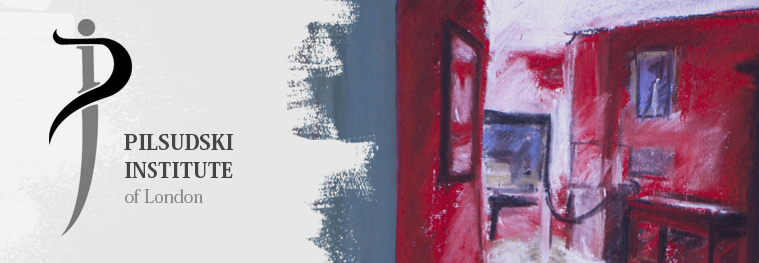Interns at the Pilsudski Institute
"Parasol" Badge
I have been leading the project since September 2017. With a team of interns, I am retrospectively cataloguing and digitising the Institute’s museum collection in its entirety according to Spectrum standards and inputting them onto ADLIB Collections Management System. As a team, we conduct internet and text book research, as well as archival research. Whilst completing thorough paper documentation, we assign each object with a new and unique Identification Number, take inventory of its basic characteristics, condition check, and keep record of and update its current location on ADLIB. We also take photographic record, apply preventative conservation methods and finally pack the objects away into conservation grade boxes which are then placed into our temperature controlled store room. This helps maintain the stability of an object’s condition and prolong its longevity. To date, we have catalogued and safely packed away over 90% of our collection.
Our collection comprises of internationally significant artefacts dating from the late 19th century up to present day. The objects range from paintings and sculptures to homemade textiles, original prints and drawings to 3-D memorabilia, but most significantly militaria (i.e. medals, badges and uniforms) which make up well over half of the collection. These objects belonged to individuals that fought as Pilsudski’s Legionnaires during WWI, as displaced soldiers under General Anders’, or as part of the resistance with The Home Army during WWII, for example. However, certain objects also simply belonged to civilians who lived during these times. Our collection prides itself with its large range of objects, and we are grateful to have these in our possession for future generations.
Lidia Letkiewicz
2020-03-31






